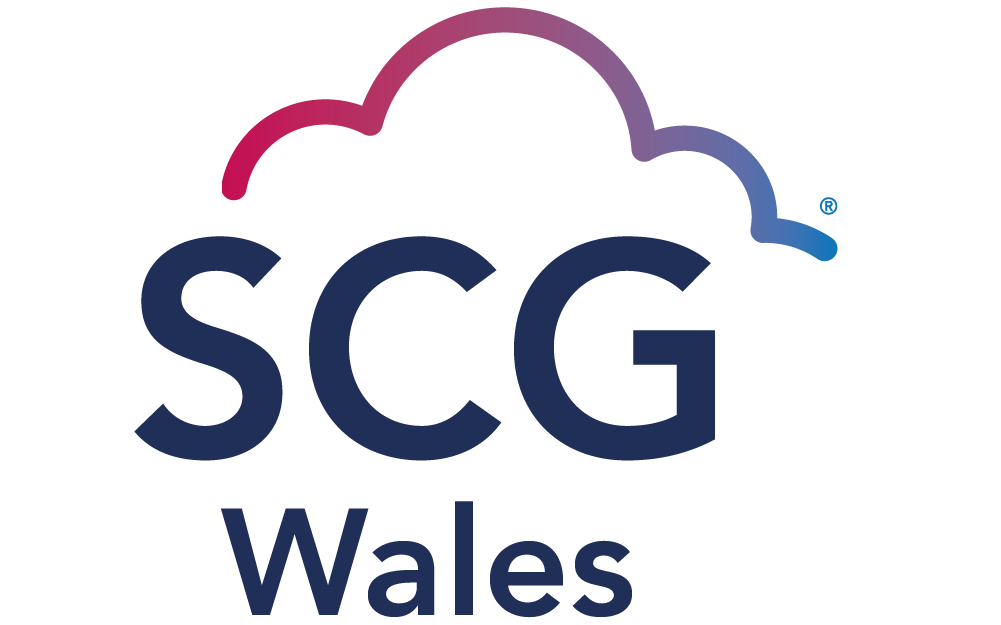Many businesses are now adopting cloud technology and taking advantage of many organisational tools. These…
How to make a smooth transition to a cloud-based phone system
Posted on 29th March 2018 under Blog.
Tags: cloud based phone systemThe innovative nature of cloud means business owners across the UK are choosing to move from their traditional and outdated telephone systems.
According to a 2014 study from IDG Enterprise, 46% of companies are avoiding cloud adoption due to fear of integration challenges. But a smooth transition now would get you the most out of the technology, and eliminate the risk of downtime.
In this guide with go over the processes which businesses can follow in order to make the transition painless. Here’s how to successfully implement Voice over Internet Protocol (VoIP) and shift to a cloud-based phone system.
Early assessment

Phone configurations can be complicated. It’s important at this stage to assess your current workflows, such as how your system currently routes calls or how voicemails are dealt with. This way you can understand how these need to be handled with your new telephone system.
Starting the process early would give you enough time to assess your current set up and think how the capabilities of the cloud can help.
These are the things business owners need to consider at the earliest stage of transitioning:
- Goals of your new phone system
- Your most crucial current phone system features
- The number of phone sets and mobiles needed
- Broadband bandwidth
- Number of business locations
- Requirements for consultants and employees often out of the office
- Additional features (call routing, call groups and auto attendant)
Pre-deployment assessment
IP telephony is different to other conventional data applications, as it’s very sensitive to network impairments. Potential issues like slow internet, network lag (how much time it takes for a packet of data to get from one point to another) and packet loss (when a piece of data sent from one device to another over a network fails to arrive) need to be flagged up.
The information gained from the early assessment then needs to be used to design an implementation plan. The features and functionality such as the quality of the voice calls or call recording can be tested.
The pre-deployment stage is also an opportunity to try out any features that come with the new cloud-based telephone system. It’s a good idea to get your team involved because after all, they are going to be using it.
Infrastructure readiness assessment

Your current on-premises network infrastructure may not be ready for a VoIP telephone system. Therefore, a series of assessments will be carried out to ensure that it can handle your new cloud-based phone system.
For example, bandwidth capacity will be tested, and bandwidth quality evaluated. If any upgrades are needed, they’ll be recommended at this stage. Any additional infrastructure can also be integrated, like fax lines and conference phones.
The physical cable infrastructure also needs to be reviewed to check it can handle the new systems and guarantee quality. The physical review will flag up any issues and room for improvements, which will help you go through the transition faster.
Number porting

A part of the transitioning would include porting your business phone numbers and re-routing them via your new cloud-based phone provider’s network.
There are many potential benefits, as VoIP-enabled numbers:
- Can be directed to any internet connection
- Centralise all your sales and support services
- Increase inbound call capacity
- And you can even choose a new, easy number
For this to be a smooth transition, you’ll need to make a record of all the existing numbers in the company and their use. Although this will take time, it’d make sure all your connections work and are set up for the right use after moving to the cloud.
Another option would be to integrate your existing on-premise system with the cloud. SIP trunking is not available to all systems; but if it is it, it might make for an all-round simpler transition to the cloud.
Schedule time for admin and user training of the new system

It goes without saying, a new system will probably have a learning curve. However, cloud apps and phones are quite intuitive and easy to learn.
Still, it’s a good idea to organise training sessions for all your employees so they can get to know the system and its new additional features.
This will help your team use the new phone system to its full potential. With sufficient training, and considering that cloud-based phones are low maintenance, there will be little-to-no need for extra support from technicians in the future.
Get in touch with our expert technicians for a smooth transition the cloud.
Related Posts
- How to work faster and smarter with the cloud
- 6 Ways To Grow Your Dental Practice
As technology advances, it is important to embrace it and stay ahead. Recent developments have…
- A guide to VoIP phone systems for small businesses
A phone call is still a popular communication method but advancing technology is changing the…
- 3 cloud technology trends which support remote working
New technologies are driving traditional workplaces to transform and support smarter, flexible working.There has been…
- 5 reasons why solicitors should adopt the cloud
Law firms have largely operated in the same way for generations. But with a change…

